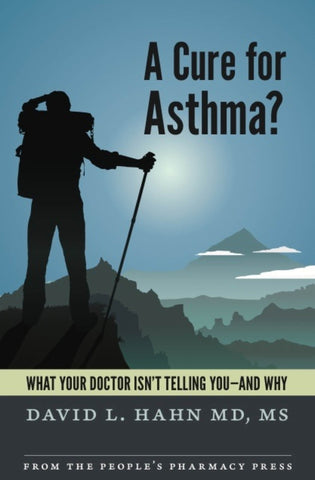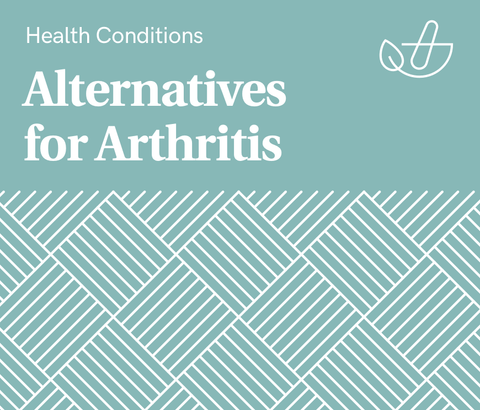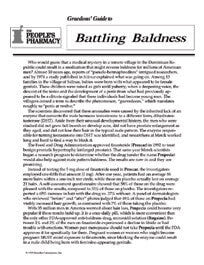Link to your individual collections by creating a new linklist in the Navigation section of the admin.
You can then have it appear here by choosing your new linklist under Customize Theme / Sidebar.

Show 1239: How Can We Prevent Diagnostic Disasters?
It seems obvious that to provide the proper treatment, a doctor first needs to know what is wrong. However, although medical experts have been focusing on improving diagnosis in medicine for more than a decade, people still suffer from delayed or incorrect diagnoses. In some cases, these result in diagnostic disasters.
We hear from a retired specialist about his own experience as a patient. If the problem had not been in his own specialty, he might not have realized how serious the consequences could have been. Fortunately, a second opinion was correct and led to appropriate treatment that prevented bad outcomes. Unfortunately, though, when he offered to tell his story to the hospital where the misdiagnosis occurred, they declined. Health care systems will have trouble preventing diagnostic disasters if they don’t know what went wrong.
How Common Are Diagnostic Disasters?
Although researchers don’t have a good way of collecting accurate statistics on misdiagnoses, delayed or missed diagnoses pose a serious safety problem. Experts with the Society to Improve Diagnosis in Medicine note that 10% to 20% of autopsies reveal serious diagnostic errors. This suggests that 40,000 to 80,000 people die in the US each year as a result of diagnostic disasters.
The Institute of Medicine drew attention to the problem in 2015 with its publication, Improving Diagnosis in Health Care. How much progress has been made? Dr. David Newman-Toker, past president of the Society to Improve Diagnosis in Medicine, describes the efforts to reduce serious diagnostic mistakes.
When Telemedicine Can Help Prevent Diagnostic Disasters:
With the COVID-19 pandemic, many people have been avoiding face-to-face encounters with health care providers. As a result, some people who had strokes or other serious health conditions did not receive timely attention.
While telemedicine provides a possible alternative, we need to look at the pros and cons of using such video technology. Dr. Newman-Toker describes how neurologists can use telemedicine to arrive at a provisional diagnosis. In addition, certain modifications can be particularly helpful. Specifically, he and his colleagues have developed a way for dizzy patients to use their smartphones to record a video of their eye movements and send it to the neurologist for diagnostic assessment.
What lessons can we learn from the difficulties imposed by the pandemic that can help prevent diagnostic disasters? In summary, Dr. Newman-Toker recommends targeted questions patients can ask to help health professionals consider the diagnosis carefully.
This Week's Guests:
Steven Horowitz, MD, is a retired academic neurologist who continues to teach medical students as an adjunct clinical professor of neurology at the Tufts University School of Medicine. He is also on the teaching faculty of the Maine Medical Center. His story was published in The Washington Post on Oct. 4, 2020. The photo is of Dr. Horowitz.
David Newman-Toker, MD, is Professor of Neurology and Director of the Division of Neuro-Visual & Vestibular Disorders in the Department of Neurology at Johns Hopkins University School of Medicine. Dr. Newman-Toker is the Director of the Johns Hopkins Armstrong Institute Center for Diagnostic Excellence, as well as the immediate past president of the Society to Improve Diagnosis in Medicine (SIDM).




